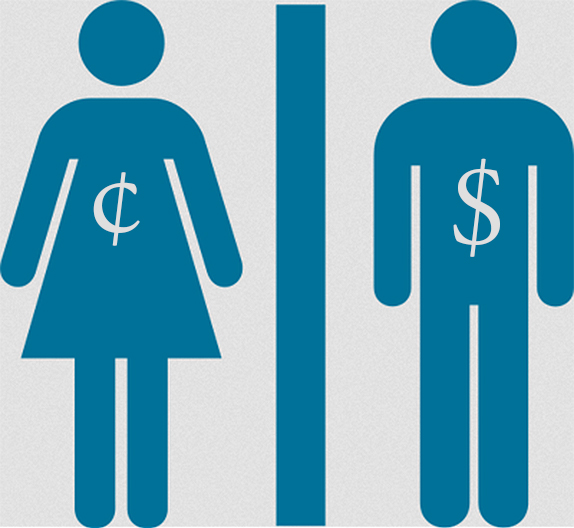
The gender wage gap has been a topic of interest for some time, so while you may not be surprised that women still earn 78 percent of what their white male counterparts earn, here’s something you may not know: New Mexican women who work full time lose a combined total of almost $2 billion every year due to the wage gap. That’s $2 billion—with a ‘B’—and it doesn’t even include what women who work part-time are losing. If New Mexico’s working women had $2 billion more to spend every year not only would fewer of the state’s children live in poverty, but the state’s economy would improve. That’s money that goes towards rent, food and gas for families that are barely making it. This should concern policymakers in a state where 106,993 households are headed by women, 37% of those households have incomes that fall below the poverty line, and 29% of our children are born into poverty.
As a working Hispanic woman and new mother, I find these statistics appalling. There are no children’s books to break this news to my 5-month-old daughter, and hopefully I won’t ever have to. Like most new parents, I hope my daughter grows up to be happy, healthy and fulfilled. But I also expect that if she chooses to go into the workforce that she will be compensated based on her skills, knowledge and capabilities, not on her gender. I expect that if she chooses to become a parent, that her employer will be supportive, not punitive. I also know that if today’s working women and mothers don’t fight for our daughters, we can’t expect them to live in a better world.
While the gender wage gap has been narrowing since the 1960s, there has been no real movement since 2007. African American women earn just 64 cents for every dollar a white non-Hispanic man earns. Hispanic women are most affected by the gender wage gap, earning only 54 percent of what non-Hispanic white men earn. The pay gap actually worsens as women age and their careers progress.
Skeptics of the gender wage gap claim wage differences can be explained by several factors. They say women are more likely to go into lower-wage professions such as teaching and social work (although that points to the problem that these important jobs are lower-wage to begin with because they have historically been filled by women); are less likely to pursue college degrees in higher paying professions; have more obligations outside the workplace (like caring for a sick child, spouse or parent); and have lower levels of education.
However, a report by the American Association of University Women shows that even when comparing workers one year out of college—when men and women are virtually equal in age, education, and family responsibility—there is still an unexplained 7 percent gender wage gap. Women earn an average of just over $35,000, while men earn an average of nearly $43,000 their first year out of college.
When women leave the workforce because they cannot afford child care or their employer is not supportive they dramatically alter their potential lifetime earnings and career trajectories. When women work less or earn less, they pay less into Social Security, which is one of the reasons retired women are more likely to live in poverty than retired men. While women make up nearly 50 percent of the workforce, they are underrepresented in leadership positions, making up only 5.2 percent of the CEOs of Fortune 500 companies.
More than 50 years after the passage of the Equal Pay Act of 1963, women continue to earn less than men in nearly every occupation. We must pass legislation that protects women, encourages their participation in the workforce, and defends the New Mexican families that rely on their paycheck.



Responses to “New Mexico’s two-billion-dollar gender pay gap”